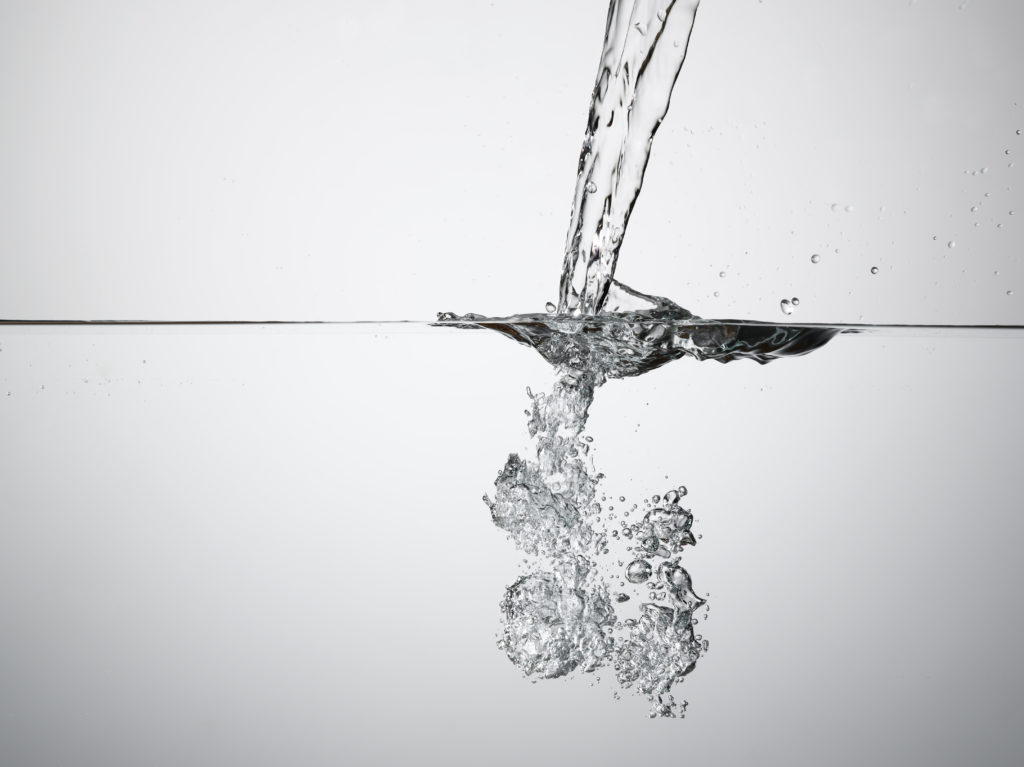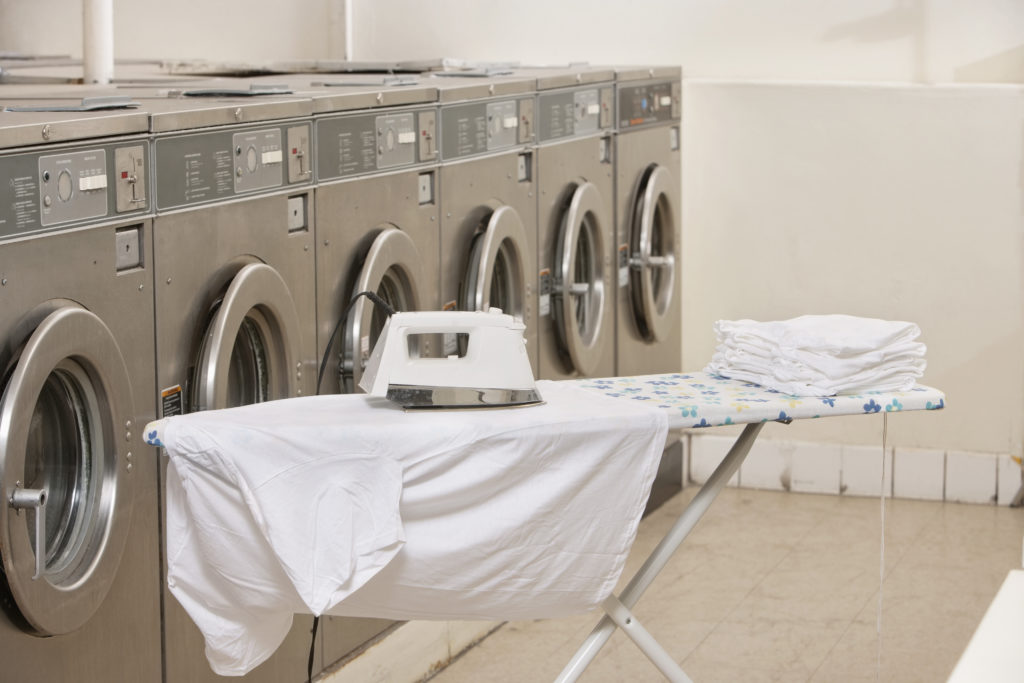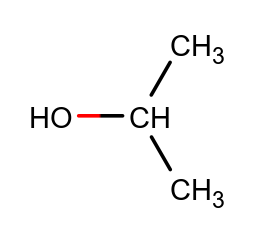Bleach or bleaching agents are chemical substances that remove color or discoloration from textiles, paper, and other objects. In this context, the word bleach is very well known in industries and household applications and often referred to as a solution of sodium hypochlorite. Also, Chlorine is an active bleaching agent. However, sodium hypochlorite is the easier substance to use, since pure chlorine is a toxic and corrosive gas. Therefore, sodium hypochlorite is often used as a bleaching agent in household chemicals.
How does bleaching agents work?
Bleaching agents work by reacting with the colourfull compounds of the target molecule and turning them into non-colourfull substances. Basically, the bleaching agents are destroying the color giving unit of the molecules. This chemical reaction works with oxidizing agents, reducing agents and also complex creating agents.

What are applications for bleaching agents?
Bleaching agents are commonly used to remove color or discoloration from textiles or papers. Especially in households, bleaching agents are used to remove grey fog or discoloration from entire textiles. These wash ingredients can be added directly to the laundry if the washing powder doesn’t contain bleaching agents already. However, it should be taken into consideration that a bleaching agent can also attack sensitive colors. Especially fine clothes and colored detergents therefore usually do not contain bleaching agents. Households should read the instruction on their clothes first and follow the recommendation of the manufacturer to avoid unwanted bleaching of their own clothes.
Besides this, bleaching agents have a disinfectant and antibacterial effect. Especially the combination of these functionalities is the reason why chemicals for bleaching are very widespread in the cleaning industry.
Which industries use bleaching agents?
Bleaching agents are very common in the paper and textile industry. Here the chemicals react with the natural pigments in organic raw materials of papers or wool, to create colorless intermediate products for the further processes in the industry.
Are bleaching agents sustainable?
In general, bleaching agents contain aggressive substances that make no difference between colors, and materials. In particular, bleaching with chlorine is used less and less, because of the toxicity and environmental impact of the chlorine gas. The chemical substance is being replaced by oxygen-based bleaching agents, which are less harmful to the environment, but still not ecologically harmless. For example, the resulting wastewater is difficult to clean and recycle, which causes a negative impact on the environment. Today, the modern, oxygen-based bleaches contain chemical substances as for example hydrogen peroxide, ozone, sodium carbonate or sodium percarbonate.
Sources
- M.R. Doshi, J.M. Dyer, Paper: Recycling and Recycled Materials
- PubChem
- Wikipedia




